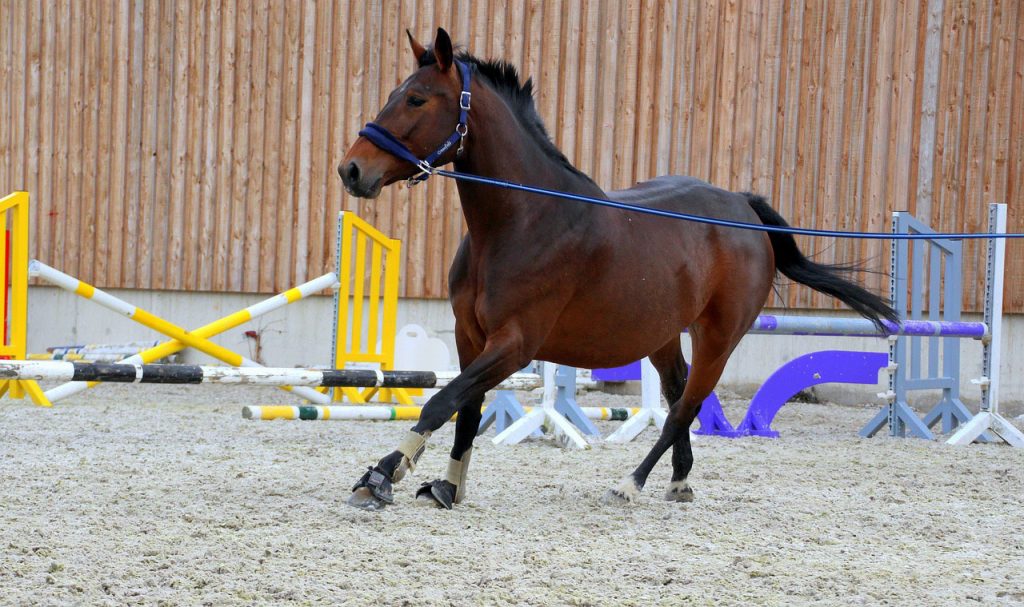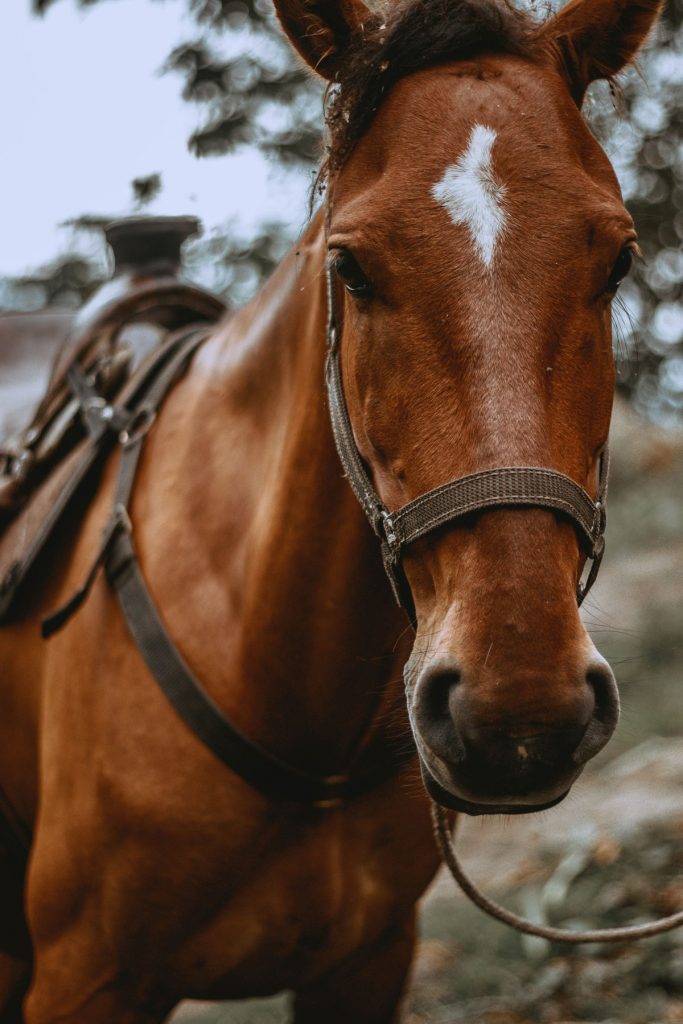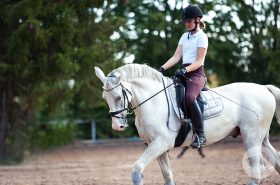You may be surprised with just how useful this form of exercise can be!
Lunging a horse is a powerful means of training and exercise. It can be a wonderful way to change up your training program and keep your horse interested. Both young and experienced horses stand to benefit from this form of exercise, if done correctly.
If you’re new to lunging, it’s basically when a horse works on the end of a lunge line. The handler usually stands in the center, while the horse travels on an imaginary circle around them. Verbal and physical cues are given to the horse to indicate speed. Some trainers choose to incorporate a saddle or surcingle, side lines, bridle or caveson, whip, and other equipment. Others lunge freely with only the confines of a round pen.
Benefits of Lunging
Young, inexperienced horses:
Often, training for a youngster begins on the lunge line. Before a rider is introduced to the horse’s back, the trainer will get the horse accustomed to a saddle, bridle, and various voice and hand aids. Through a step-by-step process, the young horse can develop confidence in their trainer. They can get familiar with arena work in a low-stress environment.
Riders of all levels:
Riders can also benefit from lunging. In this situation, a horse familiar with the lunge line should be used. The rider is able to work on their balance, rhythm, and refine their seat. Some instructors may ask their students to drop their reins or stirrups, so they can focus on their seat and staying centered. They may even ask them to close their eyes and develop a ‘feel’ for the horse’s movement.
Settle a horse:
Many riders choose to lunge their horse before they ride for the day. It can help to get out any bucks or freshness. This can be especially helpful for those unable to ride their horse daily. With a couple of days off, your horse may be a bit wound up when you bring them into the arena. A few minutes of lunging as a warm up can assist in settling them down. It can get them focused and paying attention before you even step foot in the stirrups.
Exercise in place of riding:
Short on time? It’s a lot quicker to lounge your horse for a few minutes than it is to saddle and ride. On days you’re in a hurry but still want to give your horse a workout, a short lunging session may be just what you need. Additionally, some horses are recovering from an injury and can’t be ridden. Your veterinarian may encourage you to lightly lunge them instead.
Physical rewards:
The average, healthy horse can reap the rewards of lunging, as well. It can help them develop balance, build muscles, and improve self-carriage. They can work on vertical flexion, extension, and collection. Trainers can ask for different gaits and transitions. Furthermore, some choose to incorporate ground poles and small jumps to increase the difficulty of the exercise.
Miscellaneous:
There are quite a few other benefits to lunging. Some of these include creating a solid foundation for ground driving, improving your horse’s confidence, correct bad behaviors, cooling down a horse, observe the horse’s way of going or movement, and introduce the horse to obstacles.
While lunging does have many pros, it can be hard on your horse’s joints. Ideally, sessions shouldn’t last longer than 15 to 30 minutes. Sometimes, a quick 5 to 10 minute session is all that is needed. Make sure to receive instruction on the proper way to lunge your horse. This is also essential in avoiding injury.
The benefits of lunging make it well worth the effort! Keep at it and your horse will reap the rewards.
**
Emily Fought discovered her passion for horses early on in life. When she isn’t writing about them, you can find her in the barn riding. Although Emily’s background is in dressage, she enjoys cross-training and is an avid trail rider. She resides in Northwestern Pennsylvania with her husband and small dog. Together, they own and operate Humblewood Farm.





